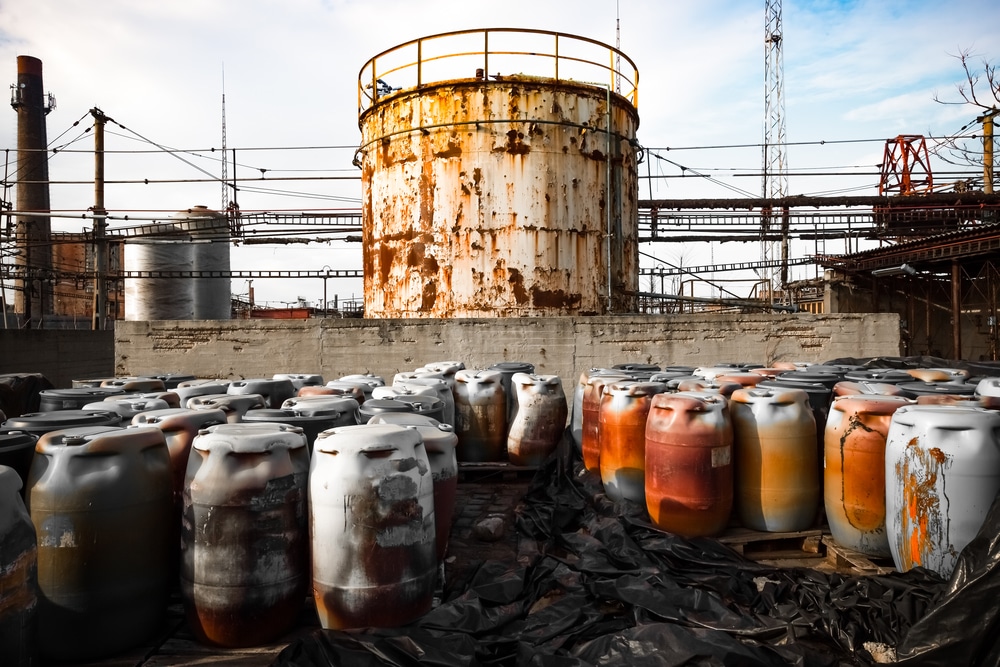Decades of research show a clear pattern of racial and socioeconomic discrimination when it comes to siting facilities for hazardous waste disposal, polluting industrial plants and other land uses that are disproportionately located in minority and low-income communities.
But what’s been less clear is whether the placement of these facilities was deliberate on the part of the facilities’ owners and public policymakers, or if the noxious facilities came first, leading to disproportionately higher concentrations of low-income residents and minorities moving into the surrounding community.
In order to test both theories, Paul Mohai of the University of Michigan and Robin Saha of the University of Montana analyzed 30 years of demographic data about the placement of 319 commercial hazardous waste treatment, storage and disposal facilities.
By looking at the demographic composition of neighborhoods at the time each hazardous waste facility was built and comparing that with the demographic changes that occurred after the facility began operation, they determined that existing minority and low-income communities were, without doubt, targeted.
The full results of Mohai and Saha’s studies were summarized in a pair of papers published by the journal Environmental Research Letters late last year, one in November, the other in December.
“We conclude that racial discrimination and sociopolitical explanations (i.e., the proposition that siting decisions follow the ‘path of least resistance’) best explain present-day inequities,” they wrote in the November paper.
The researchers say that NIMBYism (“Not In My Backyard”) in more affluent, white communities causes industry to target communities with fewer resources and political clout.
Some demographic changes did occur near hazardous waste facilities after they were built, but Mohai and Saha say they were surprised to find that these changes were mostly a continuation of pre-existing population trends.
That is, the two researchers found that hazardous waste sites were frequently built in transitional neighborhoods, where wealthier, white residents had already begun moving out and poor, minority residents had already been moving in for a decade or more prior to the facility’s construction.
Being in states of transition only further erodes the resources and political clout of the impacted communities, according to Mohai and Saha, making them, so to speak, easy targets.
“Areas with large numbers of people of color with limited resources and political clout have limited ability to fend off new unwanted facility siting,” they wrote.
“Furthermore, areas undergoing demographic changes are also areas vulnerable to declining social capital, resources, and political clout, as demographic change may represent the weakening of social ties, the loss of community leaders, and weakening of civic organizations.”
These studies could finally lay to rest the idea that the siting of polluting industrial facilities in low-income and minority communities is somehow anything but the result of structural discrimination.
“Contrary to earlier beliefs about post-siting demographic change, neighborhood transition may serve to attract noxious facilities, rather than the facilities themselves attracting people of color and low-income populations,” Mohai said in a statement.
Image Credit: momente / Shutterstock.com
Subscribe to our newsletter
Stay up to date with DeSmog news and alerts






